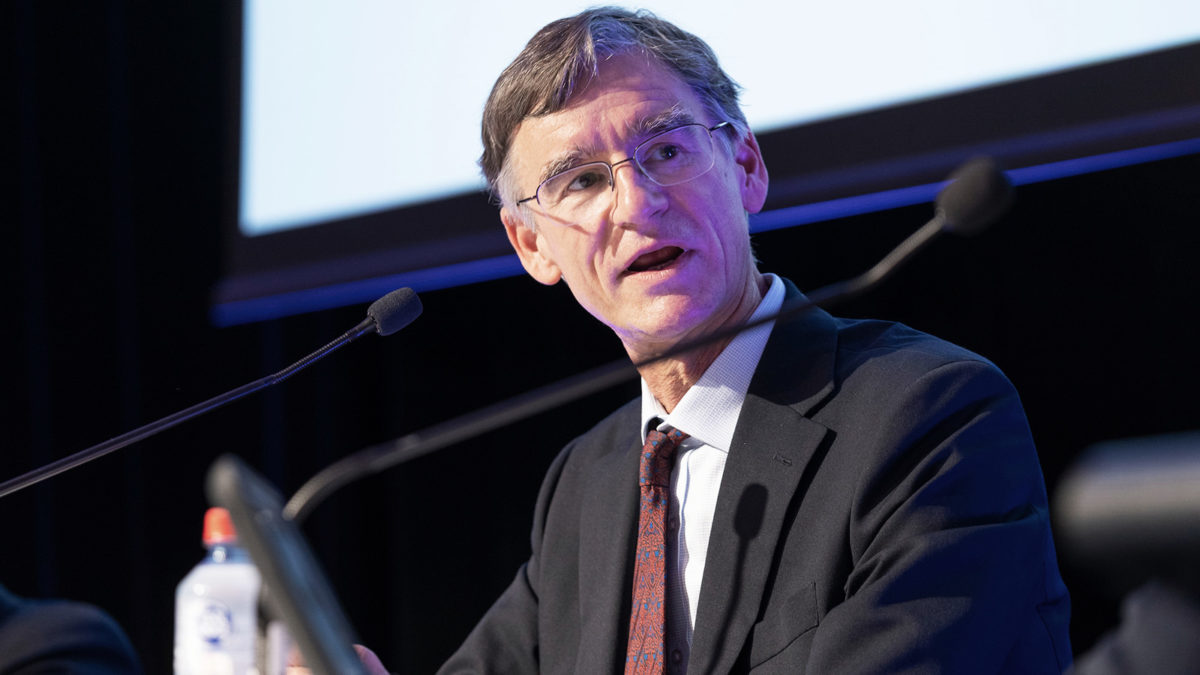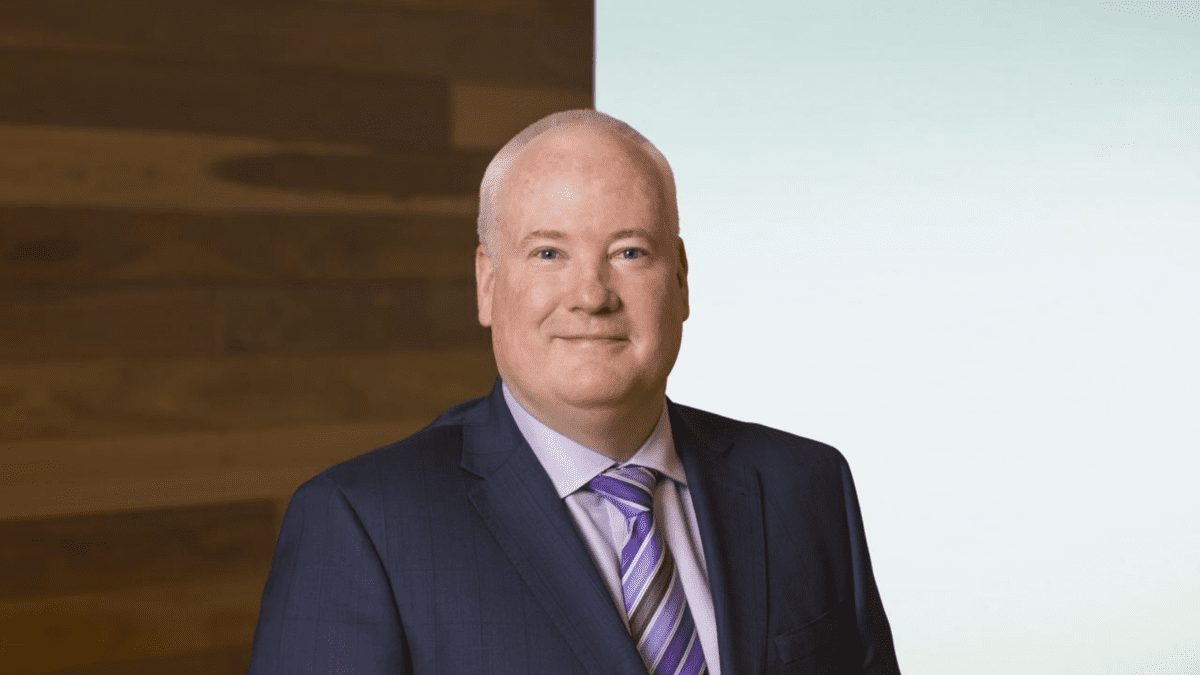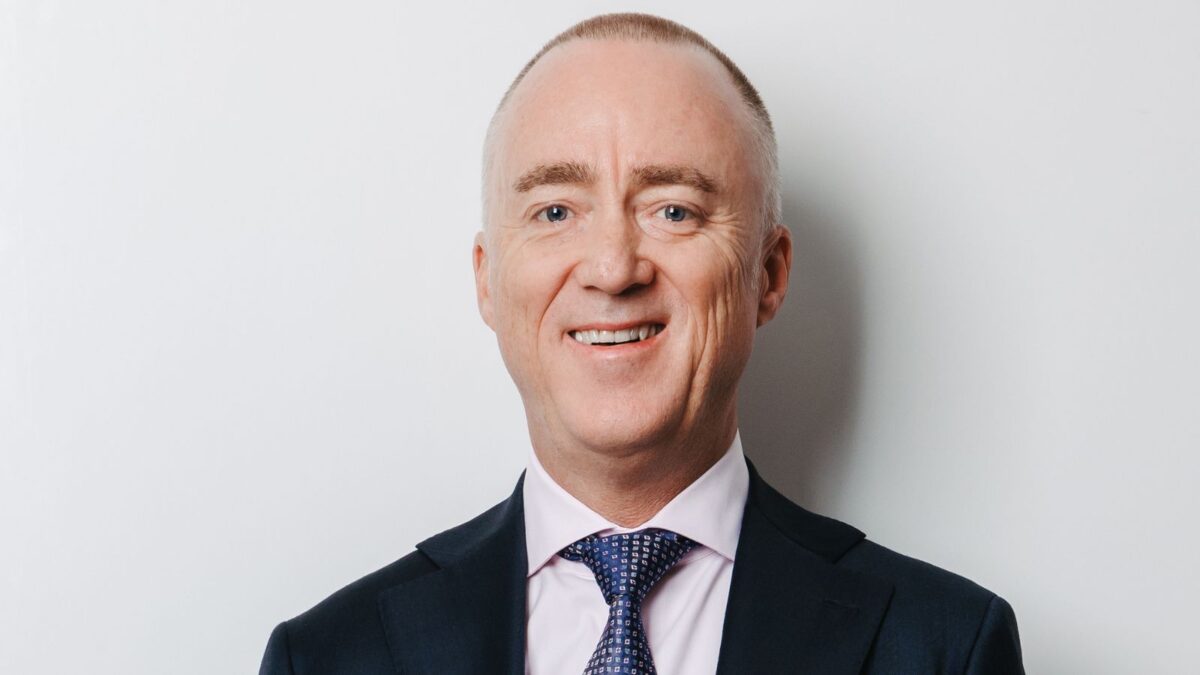How Maple-Brown Abbott fits into the Future Fund’s new investment order
While more technical questions around Maple-Brown Abbott’s mandate from the Future Fund went unanswered in ISN’s interview, it’s clear that Australia’s sovereign wealth fund and the Sydney-based fund manager are aligned in the belief that it’s going to be harder to get the returns big investors have gotten used to by doing what worked in the low interest rate environment of yesteryear.
“We’re pretty confident that what we see over the next 10 years could actually be different,” says Phillip Hudak, co-portfolio manager of Maple-Brown Abbott’s Australian small companies strategy.
“The ability to add alpha in many markets – particularly small caps – there’s the potential for that to be exploited given the overrepresentation to index, low cost and quantitative strategies.
“In an environment where you’ve seen very strong returns being generated over the past 30-40 years, and that’s been largely driven by a lower interest rate environment. No insight into where interest rates will go, but there’s a high probability that trend is not going to continue. The beta returns that investors should be expecting going forward may underwhelm.”
In order for those investors to get the returns they really want they’ll have to look for alternative return generating strategies, and Hudak reckons one of them is Australian small caps. The Future Fund obviously does too. To others, that’s a less obvious answer; the reigning critique of local small cap managers is that if you were looking for an easy benchmark to beat, they don’t come much easier than the small ords.
“That criticism of the index being easy for small cap managers – there’s no disputing that,” Hudak says. “There’s a lot of poor quality companies in the index. But if you look at the cumulative performance of the median Australian large cap manager since the early 2000s, they haven’t really delivered a return that’s different to their index.
“While the small ordinaries has materially underperformed the large cap index as well as the median large cap manager, the median small cap manager has materially outperformed that of the median large cap manager. In an environment where the markets are inefficient and you have an information advantage you can exploit you can generate significantly higher absolute returns.”
Hudak and his co-portfolio manager Matt Griffin ran small caps at AMP Capital before its public markets business was sold to Macquarie and joined Maple-Brown Abbott in 2022 with the seeding of its own small caps strategy. The strategy has returned 20.5 per cent against a benchmark return of 7.8 per cent since its June 2022 inception.
“Our philosophy is that earnings drive share price; we go where the earnings go. We’re happy to go into value, happy to go into growth – into industrials, into resources – as long as we can see medium-term earnings delivery coming through,” Hudak says. “Typically we’re looking at companies with improving fundamentals as well as those companies in the upgrade cycle. Given the breadth and depth of the small caps space we think we can find those opportunities.”
It’s the first active equity mandate the Future Fund has handed out since 2017, and its announcement was met with some industry head scratching. As one of the areas of the market where it’s difficult to deploy very large chunks of capital, it was initially unclear to outsiders how the Future Fund expected to get a decent return relative to its more than $200 billion of assets under management in small caps. It was unclear to the Future Fund as well, which felt there previously wasn’t scale or capacity available to it.
“We do feel that (small caps are) an under-researched part of the index and that there should be sustainable alpha opportunities,” Future Fund CEO Raphael Arndt said in August. “Because of changing dynamics in the Australian asset management industry in Australia, we were able to get a very significant capacity with a very capable manager that wasn’t previously available to us. That’s more a comment on other investors making decisions for their own purposes.”
Meanwhile, asset management businesses generally are under pressure to demonstrate their worth as a 40-year bull market grinds to a halt. Big institutional investors that have been the traditional source of mandates (and management fees) in the local market need few excuses to take their money back, but cost cutting and poor performance provide two more.
“They’re definitely more challenging times for asset managers, and there’s been some huge changes in macro conditions that mean it’s going to be harder for a lot of them to generate alpha for their clients,” says Maple-Brown Abbott CEO Sophia Rahmani.
“The flip side of that is quite exciting because good investment talent with a consistent approach and a long track record can see their way through a market like this. I think they can better show their wares and it’s going to weed out the people who maybe have ridden 10 years of growth markets.”
The Future Fund appointment – like any institutional mandate – comes with great responsibility, Rahmani says, and performance expectations are critical, but in tougher times “there’s a whole lot more” that goes into institutional relationships.
“Institutional clients are really taking a partnership approach, and they want to make sure there’s values alignment and cultural alignment,” Rahmani says. “They want to make sure that, top to bottom, your organisation is working in a way they want to work with. I do think that partnership approach is more important than ever, particularly when markets are tough and everybody’s under pressure.”










